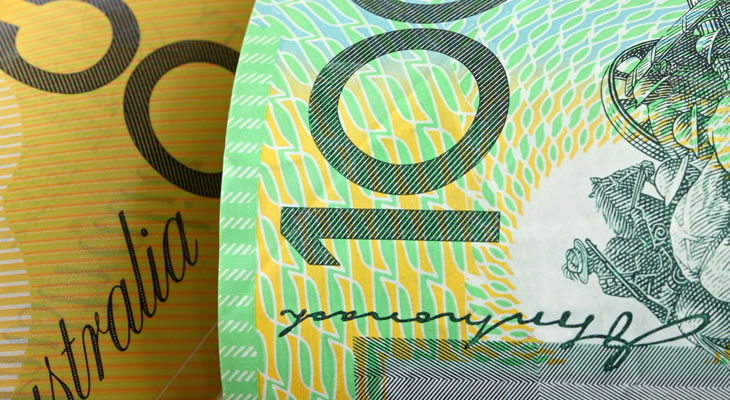Pound (GBP) Trended Lower after Disappointing UK Retail Sales and Government Borrowing Figures
Even though the Australian unemployment rate was found to have edged lower to 5.6% in September this failed to offer any support to the Australian Dollar (AUD). While the headline figure seemed positive the details of the labour market report were less encouraging, as researchers at HSBC noted:
‘Employment actually fell by 10k. Rather, another sharp drop in participation meant the labour force shrank. The other standout feature of the data is the continued shift from full-time to part-time employment.’
This disappointing showing initially helped to boost the Pound Australian Dollar (GBP AUD) exchange rate, although these gains were soon lost as the mood towards Sterling remains decidedly bearish. September’s UK retail sales data fell short of expectations, pointing towards a weakening in consumer spending, with the government also being found to have run a higher budget deficit than forecast. Altogether this does not appear to bode well for the domestic economy, with pressures only likely to mount as the triggering of Article 50 approaches.
GBP AUD Exchange Rate Forecast: Rising Australian Inflation Expected to Shore up ‘Aussie’
As markets are continuing to price in a high likelihood of the Federal Reserve raising interest rates before the end of the year the appeal of the risk-sensitive Australian Dollar is expected to remain a little more muted. Even so, Wednesday’s Australian third quarter Consumer Price Index data could see AUD trending bullishly. Should inflation have ticked higher on the year then the Reserve Bank of Australia (RBA) is more likely to maintain its less dovish outlook on monetary policy.
On the other hand, the GBP AUD exchange rate is expected to remain under pressure from market worries over Brexit. If politicians on both sides of the Channel continue to adopt a hard line of rhetoric then the outlook of the UK economy is likely to remain bearish, with access to the single market unlikely to be retained in the event of a hard Brexit. Any increased hopes of a softer exit, though, could boost Pound exchange rates and give investors reason to buy back into the weakened currency.
Current Interbank Exchange Rates
At the time of writing, the Pound Australian Dollar (GBP AUD) exchange rate was slumped at 1.60, while the Australian Dollar Pound (AUD GBP) pairing was making gains around 0.62.


Comments are closed.